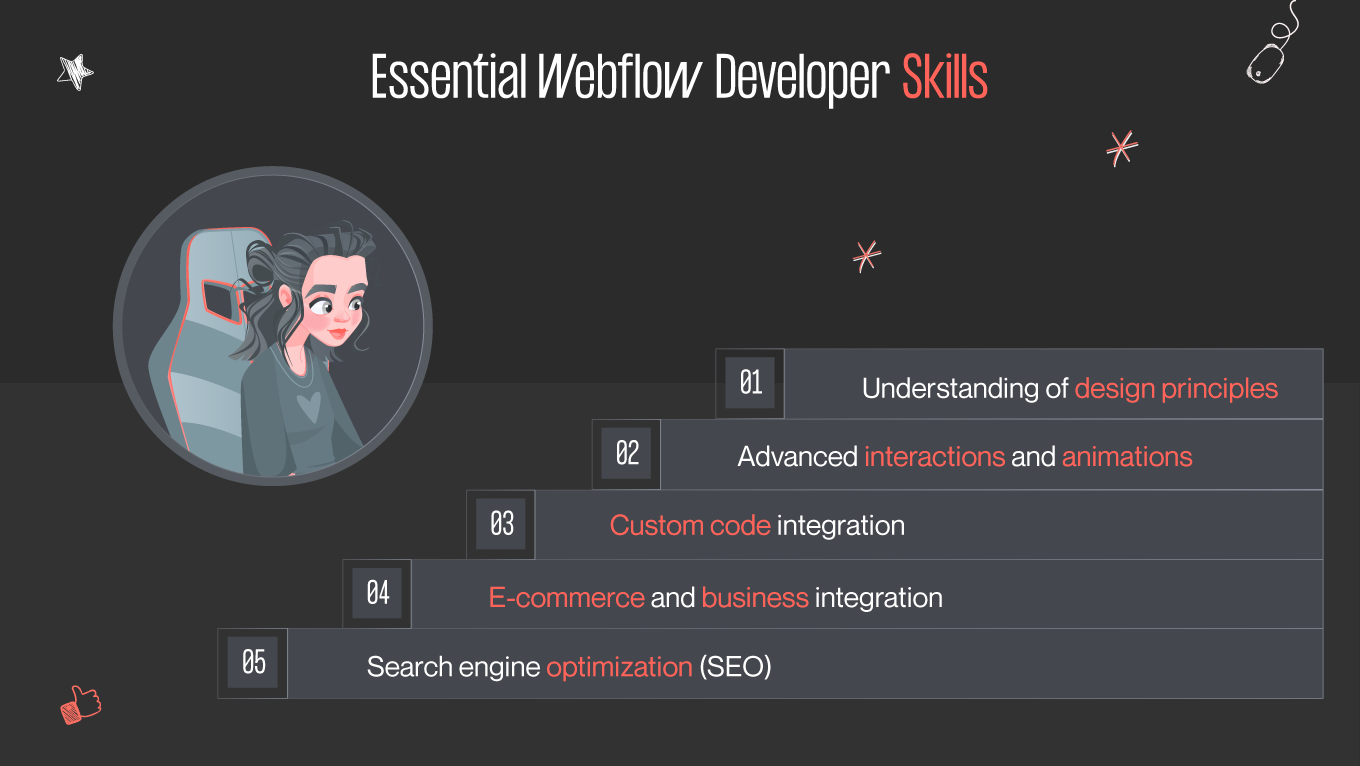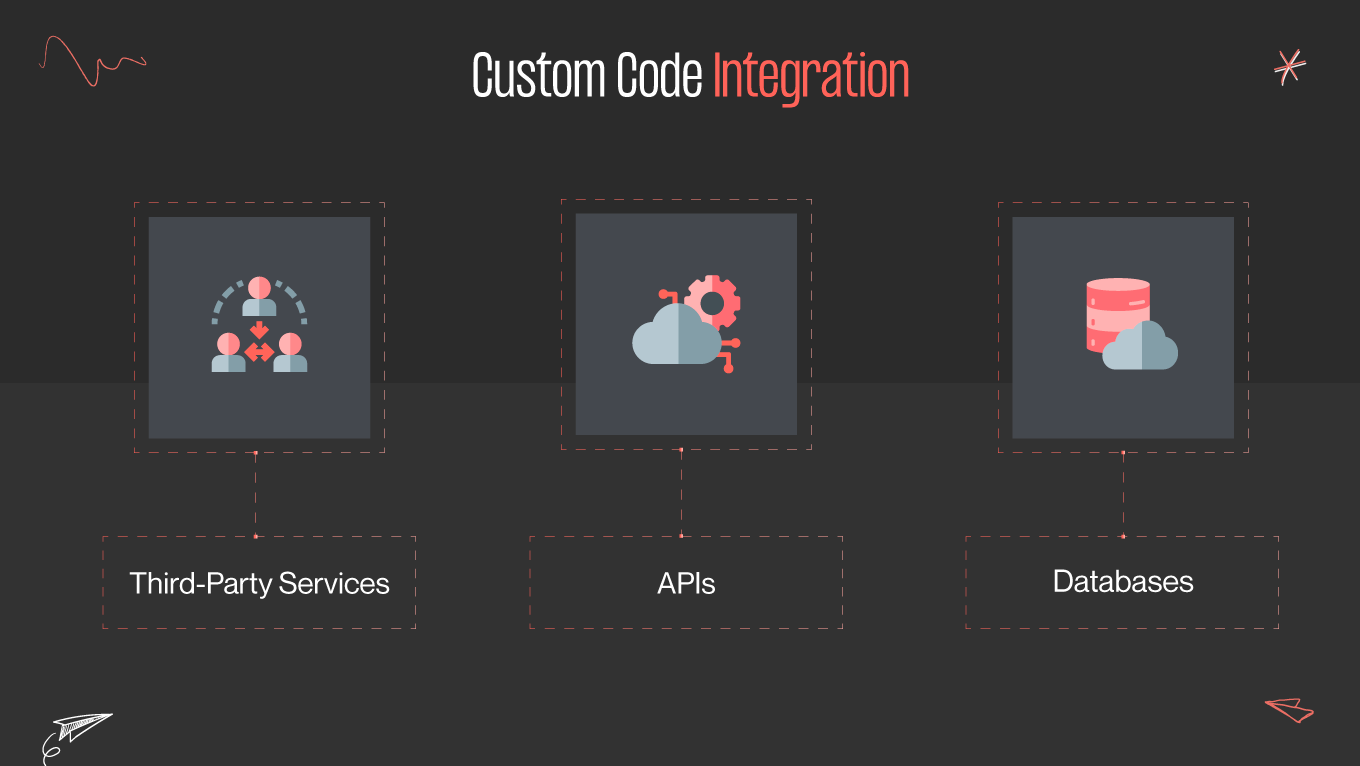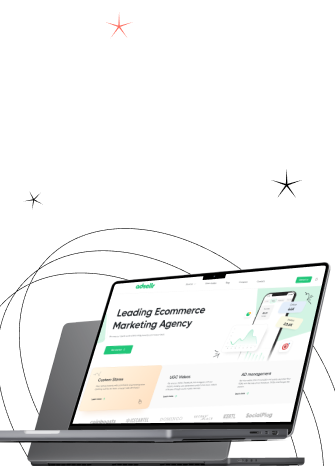As a Webflow developer, you're crafting digital experiences that leave a lasting impact. With its user-friendly interface and powerful capabilities, Webflow appears as a preferred platform for designing and developing websites that are not only visually stunning but also highly functional. Almost 230,000 websites use Webflow. To excel in this dynamic field, one needs a unique set of skills and a deep understanding of design and code. Join us to explore the fantastic set of Webflow developer skills for creating compelling digital products.











